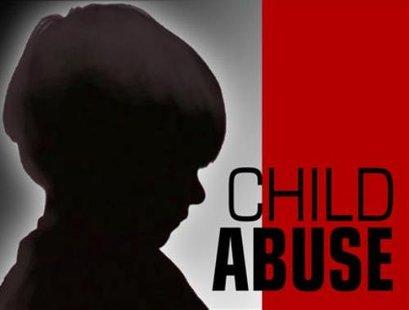
Utah—As a caring individual, one of the hardest things you can face is to find out someone one is being abused. Then comes the reality, now what do I do? In Utah, we have a mandatory reporting law. What this means is that any person even suspecting abuse has an obligation to report it.
Now the bigger question, who do you report it to? Marnie Maxwell, with the Department of Child and Family Services (DCFS), said that whether you report to the local police or the DCFS doesn’t really matter since they cross report to each other. She said that most of the time, the best course of action is to call DCFS at 1-855-323-3237. Information they will need: a way to locate the victim and the allegation of abuse or neglect. Maxwell said that sometimes the allegations do not meet the standard of abuse and in those instances a case would not be opened. However, if the case you report does meet the criteria you have a right to know that a case has been opened. You should receive this information and receive a case number before you get off the phone.
If you feel like the child is in imminent danger, the best course of action is to contact the police. They can generally respond faster and remove the children from the home if it is unsafe for them to remain there. DCFS only removes children from the home with a court order or a warrant.
When asked how quickly DCFS responds when a case is reported, Ms. Maxwell said that each case is assigned a priority. In cases where the child is likely to be re-abused, and has visible injuries, they would receive top priority. Also in cases where the abuser still has access to the child, especially in cases of sexual abuse where the offender is still in the home with the victim, they also would receive top priority and be investigated within 24 hours. If they felt the child was in imminent danger, law enforcement would be contacted to remove the child.
In most cases, however, they have 3 days to respond. Most of the time, there will be a hearing where both sides present their case to the judge. DCFS will interview the alleged victim before the hearing. When parents or a member of the home is the suspect, no notice has to be given to the parent for the interview to take place. However, if the perpetrator does not live in the home, parental consent will be sought.
One grandmother said that one thing she found out the hard way is that you should report to law enforcement as well as DCFS to make sure that parties are aware of the situation. DCFS does report to law enforcement but that can take days. Sometimes that is far too long. The grandmother also said that the officer told her that if it crosses counties, you need to report to both counties and make sure you get a case number. If you do not have a case number, there is no way to know that the case has been filed.
Working within the guidelines of the system can be frustrating and slow—especially when a child is in danger. DCFS reminded that it is better to take the time to make sure that abuse is actually happening before removing children from the home. After all, being taken away from their home is also very traumatic for children and it needs to be done only when absolutely necessary.
We all have a responsibility to keep kids safe, and sometimes we have to do the hard thing and report suspected abuse. If this happens, take the correct steps and report appropriately, children depend on us to keep them safe.
April was National Child Abuse Month is a time to acknowledge the importance of families and communities working together to prevent child abuse and neglect, and to promote the social and emotional well-being of children and families. During the month of April and throughout the year, communities are encouraged to share child abuse and neglect prevention awareness strategies and activities and promote prevention across the country. In recognition of the 40th anniversary of the Child Abuse Prevention and Treatment Act, we have designed a historical timeline of significant moments in child abuse prevention in the United States